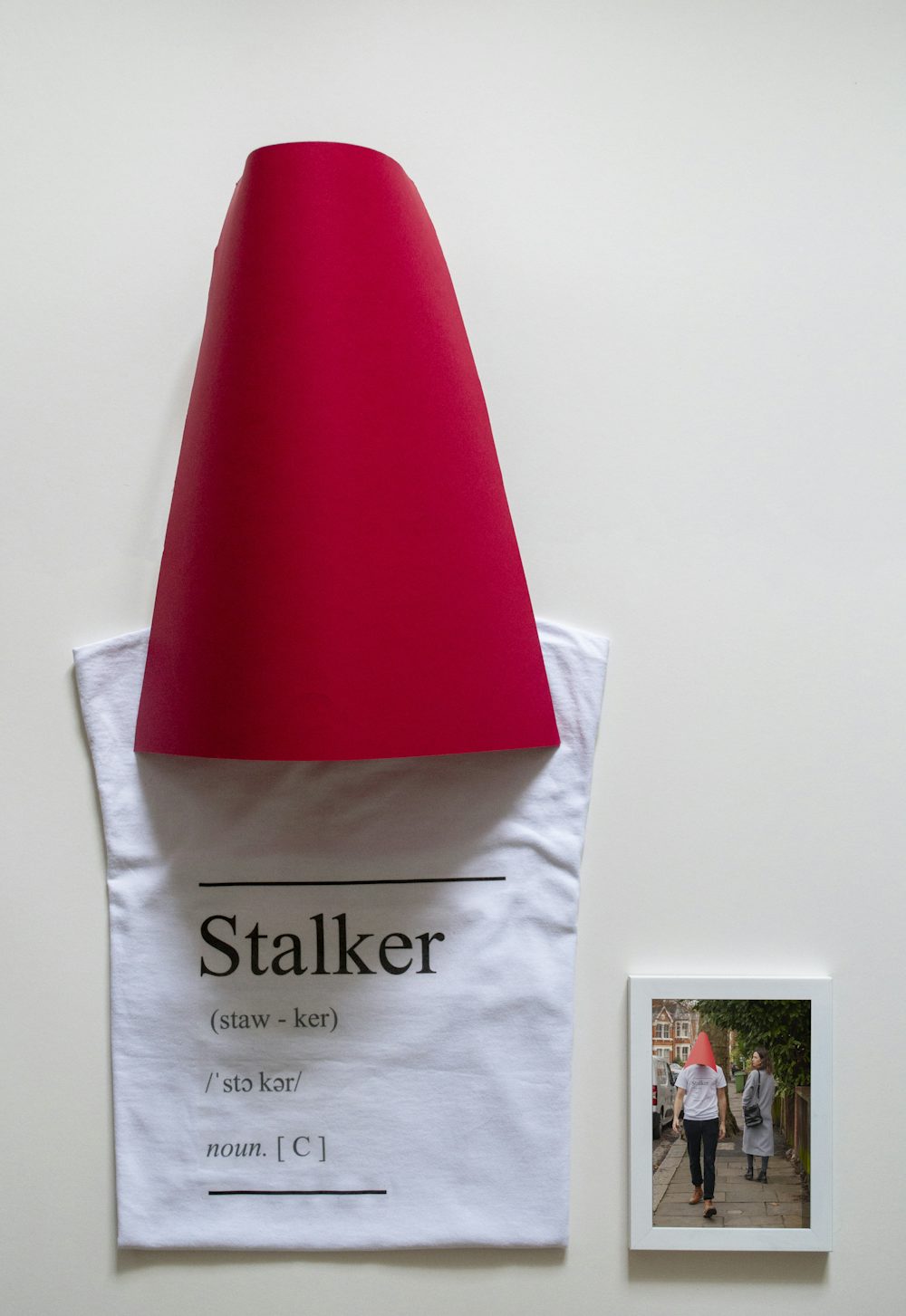This project starts with an individual’s simple observance of another person. While initially innocent, they begin to question their own actions, nudged by their guilty feelings as they view and watch another person. Within their daily life they begin to feel anxiety, shame, embarrassment and are fearful that they are committing a crime. When does an act of observation require legal classification? Can this person be regarded as a stalker? Or are they simply a victim of legislative language?
While there is no strict legal definition of stalking there is a list of acts as defined by the Protection from Harassment Act 1997. Any one or more of these actions can lead to criminal conviction:
- following someone
- contacting someone by any means
- publishing a statement about someone
- monitoring someone’s communications
- loitering in any place
- interfering with the property of others
- watching or spying on a person
The aim of this project is to simply mediate between an observer and the observed, as well as to mediate between someone and their ability to criminalise themselves through the use legal terms. Legal criteria like ‘following someone’, ‘publishing a statement about someone’ and ‘loitering in any place’ can define a stalker but also define many innocent people. This is a project that observes the effects of legal definitions on how someone perceives themselves and their actions. It scrutinises the concepts of internal surveillance, self-censorship and often blurred lines of legality.
The mediation took place through a home-made self-guarding and restricted-viewing device. In addition, there is an accompanying text in wearable form, which states the legislative terms, aimed at engaging others in a conversation around this legal terminology. The aim is to mediate the relationship between the stalker and the one apparently being stalked, producing a deliberately ambiguous notion of who’s who. While the individual clearly identifies as a stalker, it is the passer-by who most accurately fits the defined terms.



